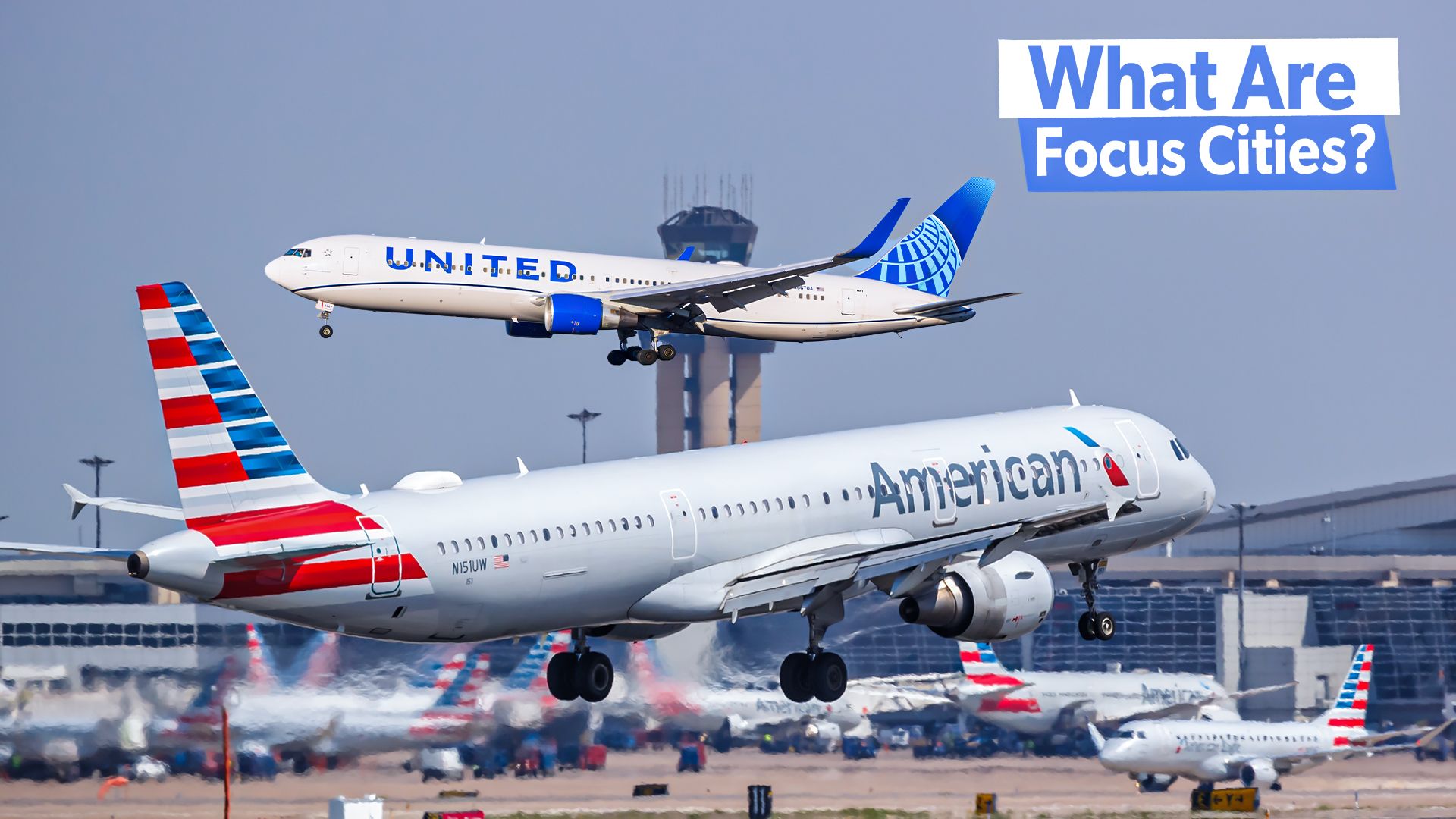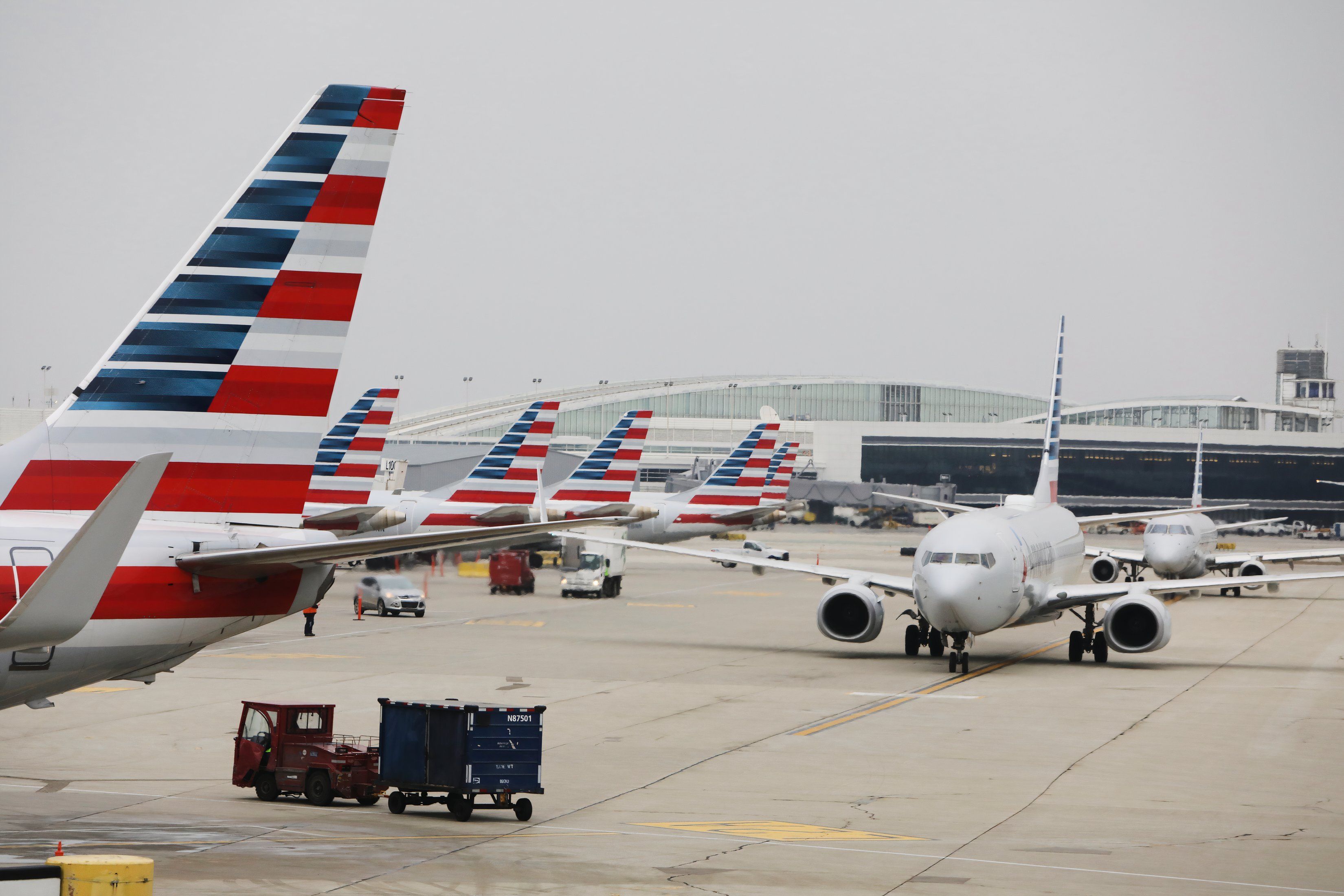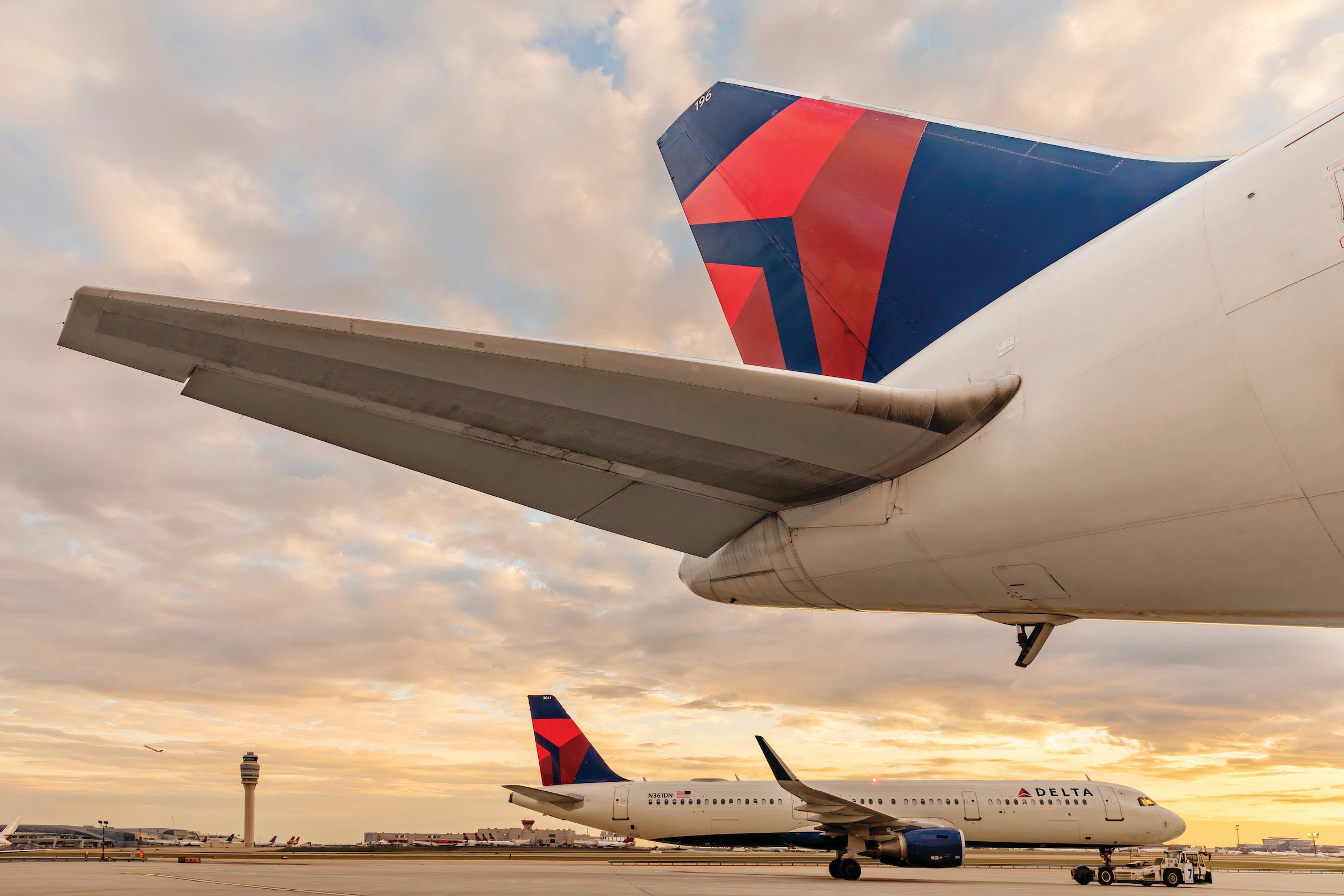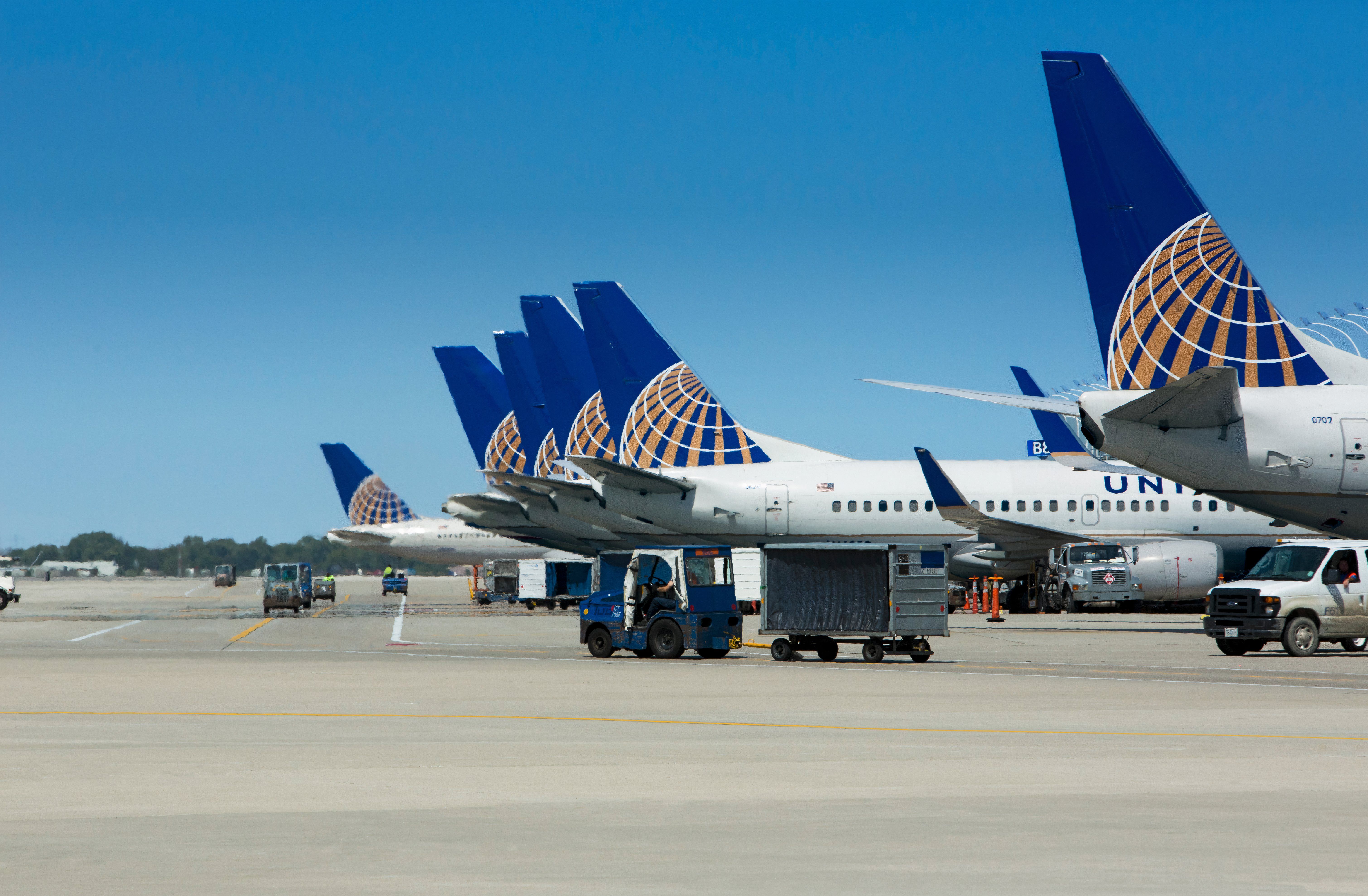To understand what a focus city for an airline in the United States is, you must first know what hub-and-spoke operations are. Most large airlines in the United States operate hub-and-spoke networks rather than offering point-to-point flights.
A hub is defined as a central point (airport) through which all the airline’s flights are routed. Spokes are the routes that the airline flies from its hub to and from other cities.
Since 1938, the Civil Aeronautics Board (CAB) has regulated domestic flights in the United States by determining fares, routes, and schedules. Airlines that only flew within one state, like Southwest Airlines did in Texas in its early days, were not regulated by the CAB.
Instead, individual states determined fares, routes, and schedules. While ensuring that airlines made a profit, the CAB kept short-haul fares low but allowed airlines to charge more for long-haul flights to compensate for the difference in the price passengers paid for their tickets.
Bureaucratic complacency and the cost of fuel
Because of the CAB’s bureaucratic complacency, airlines had to endure long delays in getting new routes and fares approved and were sometimes refused.
An example of the situation was Georgia headquartered World Airways in 1967, which applied to the CAB to operate a new route between New York City and Los Angeles. After deliberating over it for six years, the CAB declined the request.
During the 1973 Oil Crisis, when the Organization of Arab Petroleum Exporting Countries (OAPEC) refused to sell oil to countries that had supported Israel during the 1973 Yom Kippur War, airlines were hit hard.
Now looking to raise fares to compensate, the United States Congress feared that the airline industry would collapse and need a government bailout.
The 1978 Airline Deregulation Act
At the time, the Carter administration argued that abolishing the CAB, which regulates prices, would allow airlines to expand and compete against one another in new markets.
When the 1978 Airline Deregulation Act was signed, it gradually removed restrictions on domestic routes and fares, effectively eliminating the CAB.
While airline deregulation had many benefits, new competition and union labor disputes led to a number of airlines folding, such as:
- Braniff
- Continental
- Eastern
- Midway
- Northwest Airlines
- Pan American
- TWA
Delta Air Lines was the first to operate a hub and spoke
In the mid-1950s, Atlanta-based Delta Air Lines recognized the benefits of hub-and-spoke operations. Compared to flying point-to-point, a hub-and-spoke model required fewer routes, with all flights and connecting flights leaving from a single central airport. Looking at the USA big three, United States airlines have their hubs at the following airports:
American Airlines
Photo: American Airlines
American Airlines established its first hub in 1981 at Dallas Fort Worth International Airport (DFW), which today serves as the airline’s largest hub and corporate headquarters.
In 1989, American Airlines established its second hub at Miami International Airport (MIA) after acquiring many of Eastern Airlines’ routes on the East Coast and Caribbean.
American Airlines hubs are at the following airports:
- Charlotte Douglas International Airport (CLT)
- Chicago–O’Hare International Airport (ORD)
- Dallas/Fort Worth International Airport (DFW)
- Los Angeles International Airport (LAX)
- Miami International Airport (MIA)
- New York John F. Kennedy Airport (JFK)
- New York LaGuardia Airport (LGA)
- Philadelphia International Airport (PHL)
- Phoenix–Sky Harbor International Airport (PHX)
- Ronald Reagan Washington National Airport (DCA)
Because of American Airlines’ already extensive network and its regional partners, the DFW-headquartered airline has no focus cities.
Delta Air Lines
Photo: Delta Air Lines
Delta Air Lines established its first hub and spoke airport at Atlanta Hartsfield-Jackson International Airport (ATL) in 1955, using Atlanta as a cross point to allow smaller Southeastern communities to access a large international airport.
Since then, unlike American Airlines and United Airlines, Delta Air Lines has shunned large cities like Chicago in favor of smaller cities like Seattle and Detroit.
Delta Air Lines has hubs at the following airports:
- Hartsfield-Jackson Atlanta International Airport (ATL)
- Boston Logan Airport (BOS)
- Detroit Metropolitan Wayne County Airport (DTW)
- Los Angeles International Airport (LAX)
- Minneapolis–Saint Paul International Airport
- New York John F. Kennedy Airport (JFK)
- New York LaGuardia Airport (LGA)
- Salt Lake City International Airport (SLC)
- Seattle–Tacoma International Airport (SEA)
With regard to focus cities, Delta Air Lines, the Atlanta, Georgia-headquartered airline, lists the three following airports as being ones it is interested in:
- Austin Bergstrom International Airport (AUS)
- Cincinnati/Northern Kentucky International Airport (CVG)
- Raleigh-Durham International Airport (RDU)
United Airlines
Photo: United Airlines
United Airlines’ first routes were mail routes between New York and San Francisco, with stops in Chicago and Salt Lake City. When the airline decided to operate a hub-and-spoke system, it selected Chicago O’Hare International Airport (ORD) to become its first hub. With its partner feeder airline, United Express, which ferries passengers to its existing hubs, United Airlines lists no focus cities.
United Airlines has hubs at the following airports:
- Chicago–O’Hare International Airport (ORD)
- Denver International Airport (DEN)
- Antonio B. Won Pat Guam International Airport (GUM)
- Houston George Bush Intercontinental Airport (IAH)
- Los Angeles International Airport (LAX)
- Newark Liberty International Airport (EWR)
- San Francisco International Airport (SFO)
- Washington Dulles International Airport (IAD)
Looking at the above hubs for American Airlines, Delta Air Lines, and United Airlines, you will notice that their hubs, except for Guam, are all in big cities with a large catchment area. Operating a hub allows for feeder airlines like American Eagle, Delta Connection, and United Express to transport passengers from smaller airports to larger airports with international flights.
A focus city is an airport with a population large enough to want an airline to offer daily flights but not big enough to warrant a hub. While focus cities can have some facilities at hubs, airlines may repair and clean aircraft at focus cities because it is less costly than at a hub airport.
Low-cost carriers like Southwest Airlines and Spirit Airlines use “Operating Bases” rather than hubs, as they don’t operate a hub-and-spoke system but fly point-to-point routes. Also, low-cost airlines like to use one type of aircraft to keep costs down. Southwest Airlines uses the Boeing 737, while Spirit Airlines uses the Airbus A320 family of jets.




